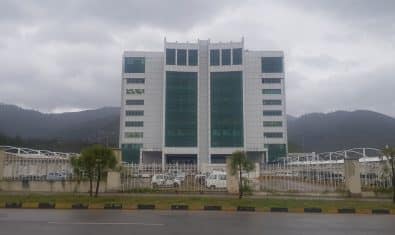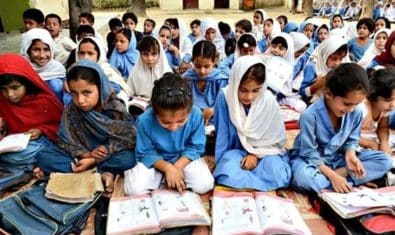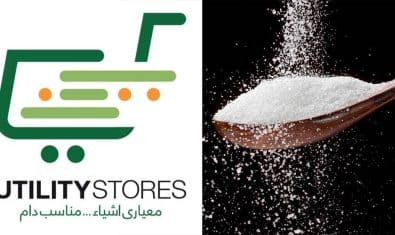The real GDP growth of Pakistan is expected to lower than the earlier projection of 2% in the current financial year due to multiple prevailing challenges to the economy, said the State Bank of Pakistan (SBP) in its half-year report ‘The State of Pakistan’s Economy’.
The real GDP growth in FY23 is expected to remain significantly lower than the previous year’s growth rate, as well as SBP’s revised projection of around 2 percent.
This reflects a broad-based moderation in economic activity in the wake of dampened performance of both the agriculture sector and industrial output, with its negative spillovers for the services sector, the report said.
Pakistan’s macroeconomic conditions deteriorated during H1-FY23. The policy measures introduced last year had succeeded in constraining domestic demand.
However, the fallout of flash floods, adverse global economic conditions, uncertainty surrounding the completion of the IMF program’s 9th review, foreign exchange constraints, and political instability exacerbated the underlying domestic structural issues posing challenges to macroeconomic stability.
During H1-FY23, both agriculture production and Large scale manufacturing (LSM) contracted substantially; whereas, headline inflation rose to a multi-decade high level.
Despite this improvement in CAD, the dearth of financial inflows led to a significant decline in FX reserves during H1-FY23. In addition to the delays in the disbursements of the IMF tranches and the political uncertainty in the country, higher net FX outflows on account of scheduled debt repayments, (including a US$ 1.0 billion Eurobond), as well as disinvestments added to external account pressures.
Pakistan’s recurring external account vulnerabilities and an increasing number of supply-side shocks, especially due to climate change underscore the necessity for building economic resilience.
Pakistan, in fact, is one of the most exposed country to natural calamities with the frequency and severity of these events increasing by the year. H1-FY23 was no exception as Pakistan faced one of the worst flooding in its history with sizeable loss to property, economic activity and most importantly life. The country, therefore, needs to direct policy attention towards building buffers to weather various shock.
In the fiscal sector, contraction in major non-interest current expenditure, particularly subsidies, grants, and development spending, contributed to improvement in primary surplus during H1-FY23. However, fiscal deficit remained at last year’s level, in terms of GDP, because of a sharp expansion in interest payments.
Nonetheless, both the government and the SBP have been undertaking policy measures to tackle the current economic challenges. The government has rationalized expenditures through a contraction in subsidies and grants and has introduced additional revenue mobilization measures in February 2023 aimed at fiscal consolidation.
The SBP, on the other hand, has increased the policy rate by 625 basis points during 9MFY23, taking the total rate hike to 1300 basis points during the current cycle of monetary tightening.
Going forward, this policy mix, alongside necessary structural reforms to moderate the impact of various supply shocks, would help anchor inflationary expectations in the medium term, and put the economy on a more sustainable growth path.






















